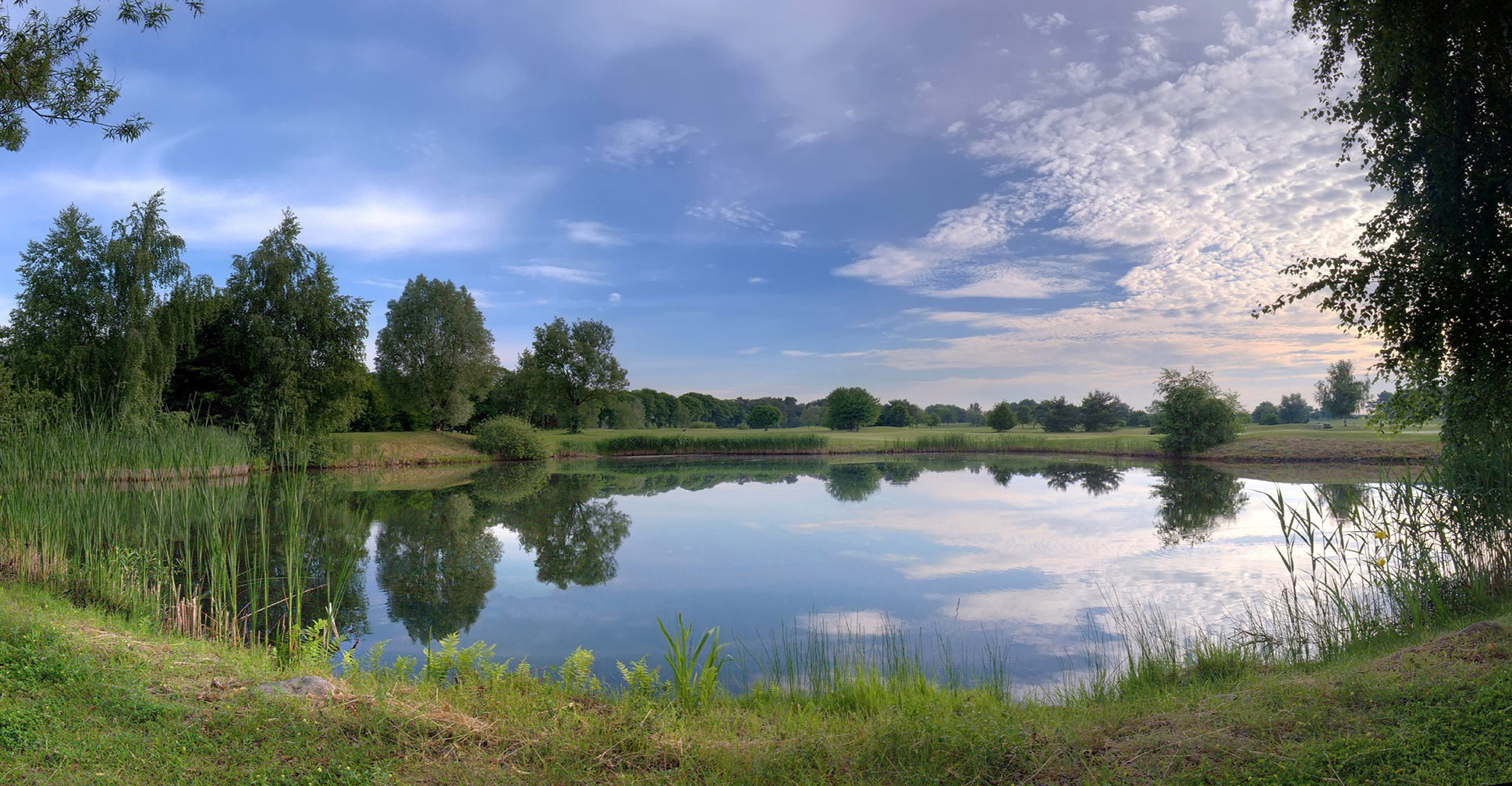Sufficient dissolved oxygen in water is a very important component in the survival of healthy ecosystems in wetlands and lakes. However, several decades of use of herbicides, drainage systems, water pollution by storms and leaking contaminated tanks have reduced the oxygen level of the water and weakened the chain reaction in the water.
Nutrients in the water stimulate algal blooms, thus increasing the demand for available oxygen. When algae and weeds die, they fall to the bottom and settle to the bottom of the water, where they consume the last remaining oxygen. As the oxygen runs out, the partially decayed material turns into infectious pollution, creating a dead zone on the bottom of the lake. This contamination becomes an anaerobic nutrient mass that feeds the next cycle of explosive growth of weeds and algae. This is a vicious cycle that slowly causes water loss.
Unfortunately, most of the conventional treatment methods cannot provide a method for sustainable regeneration. Anyway, the principle of restoration is very simple, and it is the breathing of wetlands and lakes by strengthening the dissolved oxygen in water, especially at lower depths. This, in turn, enhances the capacity of lakes and wetlands to recycle nutrients, thereby reducing algae and weed blooms.

The nanobubble systems of the Nanobubble company restore the energy of the aquatic environment much faster than conventional methods. These systems can continuously inject oxygen nanobubbles into the water with the lowest amount of energy consumption and the highest efficiency. The very small size and high internal pressure of nano-bubbles make them stay in the water for a long time and as a result, they cause a very effective and economical transfer of oxygen into the water. Also, nanobubbles have very low buoyancy, and due to Brownian motion, they can spread throughout the water, and therefore, for the following reasons, they can accelerate the process of wetlands and lakes restoration.
Effectively increasing the activity of aerobic microorganisms in the lake bottom
Reducing phosphorus and nitrogen levels through nutrient conversion
Increasing the population of larvae and beneficial aquatic insects
Destroying anaerobic and pathogenic microorganisms
044 34228120
0914 165 4908
Mako commercial and industrial free zone
Wali Asr town, Mako Free Zone Organization Technology Center, Unit 5
Postal code: 5861994308
info@nanohobab.com

Hasti Color Collection as one of the most advannce manufacturing factories